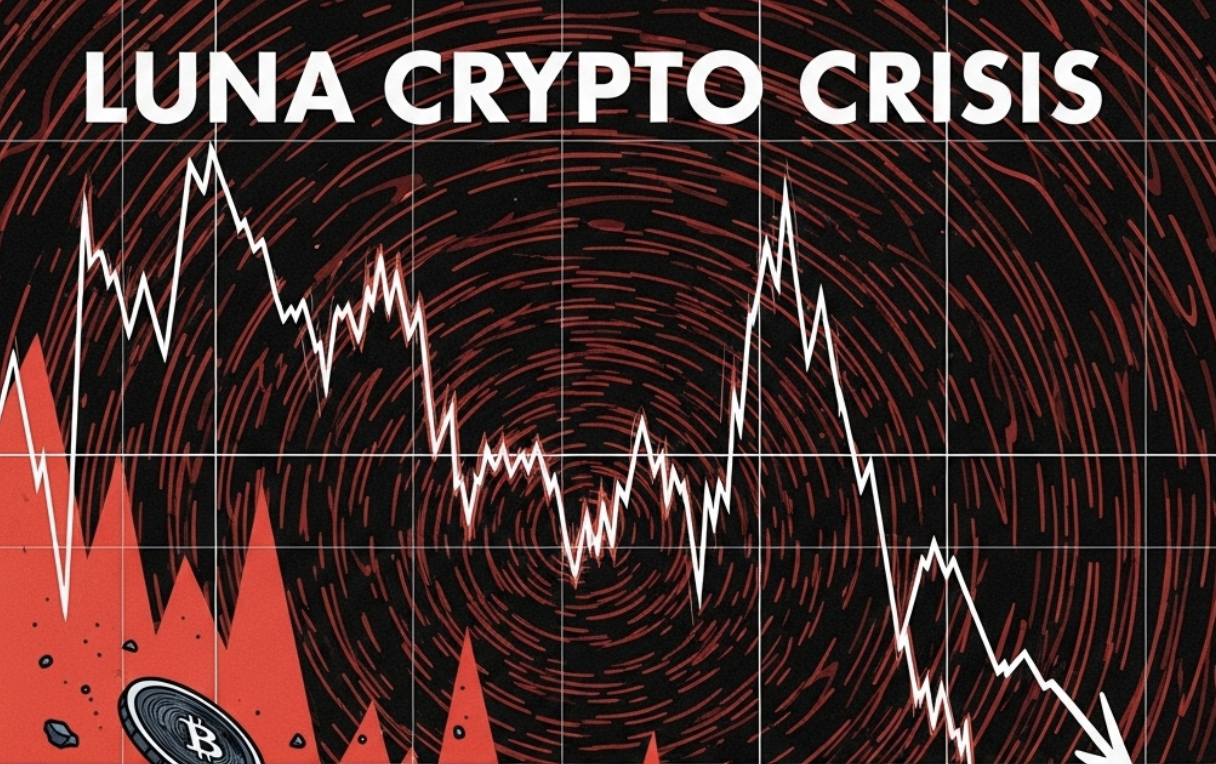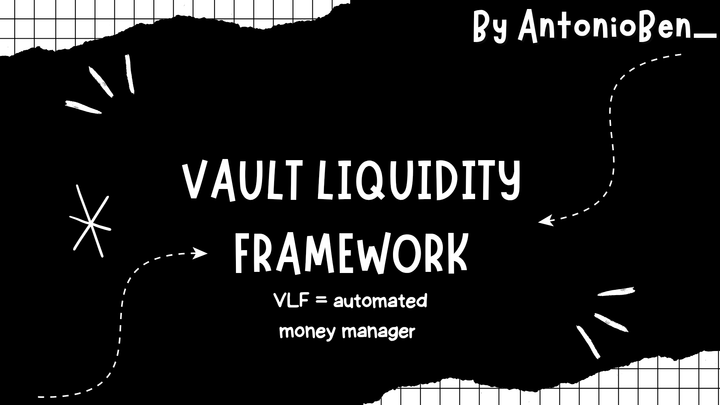From the Great Depression to Crypto Crashes: The Truth Behind Economic Collapses

The global economy occasionally faces seismic crises. The greatest and most impactful of these throughout history was undoubtedly the Great Depression of 1929. However, this historic event is more than just a relic of the past. The crypto market crashes and digital asset crises we experience today bear important parallels and lessons drawn from the Great Depression.
In this article, we take a deep dive into the causes, consequences, and recovery strategies of this massive economic disaster from the early 20th century, and then compare it with the modern-day crises of the 21st-century cryptocurrency markets.
What Was the Great Depression?
The Great Depression began with the stock market crash in the United States in 1929 and evolved into a global economic crisis that lasted through the 1930s. While it originated in the U.S., Europe and Asia also suffered greatly. Unemployment rates soared above 25%, millions were left homeless, and thousands of companies went bankrupt.
This crisis was not only economic—it also had social and political consequences, laying the groundwork for concepts like social welfare systems, insurance programs, and increased government intervention in economies around the world.
Causes of the Great Depression: Not Just a Stock Market Crash
Many people associate the Great Depression solely with “Black Tuesday” in 1929, but the collapse was the result of a much more complex set of factors:
1. The Speculative Bubble and the 1929 Stock Market Crash
In the 1920s, an overwhelming demand for stocks created a massive speculative bubble. Many investors borrowed money to buy shares, believing prices would rise indefinitely. This artificial boom ended abruptly on October 29, 1929, with a sharp market crash.
2. Weaknesses in the Banking System
Following the crash, panic spread and people rushed to withdraw money from banks. At the time, there were no deposit insurance systems, so banks collapsed quickly. The sudden halt in access to cash brought economic activity to a standstill.
3. Decline in Global Trade
Protectionist policies such as the Smoot-Hawley Tariff Act in the U.S. led to a significant contraction in global trade. European countries retaliated with their own tariffs, which disrupted the balance of exports and imports.
4. Collapse of Consumer Confidence
Rising unemployment eroded the purchasing power of individuals and businesses. Reduced demand created a vicious cycle of more layoffs and more business closures.
Major Crises in the Crypto Market: A Modern-Day Great Depression?
Nearly 100 years after the Great Depression, the crypto market has faced similar seismic shocks. Some events in recent years echo the magnitude and psychological impact of the 1929 crisis.

1. Terra (LUNA) and UST Collapse – 2022
The algorithmic stablecoin UST lost its dollar peg, and its sister token LUNA lost 99.99% of its value. This triggered a massive loss of confidence, with billions of dollars vanishing from investors’ portfolios. It was a clear warning about the unchecked nature of financial speculation.
2. FTX Exchange Bankruptcy – 2022
FTX, once one of the largest cryptocurrency exchanges in the world, collapsed suddenly due to a liquidity crisis. This didn’t just shake investor trust—it cast doubt on the reliability of all centralized exchanges. Like the bank runs of the 1930s, digital wallets and user funds became inaccessible.

3. 2018 Crypto Bear Market (Crypto Winter)
After Bitcoin reached $20,000 in late 2017, 2018 brought a severe crash that drove many investors out of the market. The bursting of the ICO bubble and a lack of regulation caused a major crisis of confidence.
The Social Impact of Crises: From the 1930s to Today
Economic collapses throughout history have brought not only financial hardship but also social and psychological trauma. In the 1930s, the U.S. experienced hunger, homelessness, and mass migration. Today, following crypto crashes, we’ve seen mental health struggles, suicide cases, and devastating financial loss.
Local Example: Crypto Losses in Turkey
Between 2021 and 2022, thousands of Turkish investors suffered from the collapse of local exchanges like Thodex and Vebitcoin. Many lost their savings and pursued legal action. These events prompted the Turkish government to take a more cautious approach toward crypto regulations.
Can Lessons from the Great Depression Be Applied to Crypto?
Yes, absolutely. Here are some key lessons:
- Need for Regulation: Just as financial regulations were introduced after the Great Depression, the crypto world needs effective and transparent regulations.
- Insurance Systems: Crypto wallets need protections similar to traditional deposit insurance.
- Transparency: Exchanges must adopt standards like financial audits and proof of reserves.
- Education: Investors need to be financially literate and aware of risks.
Is There Hope for the Future?
Certainly! Just as the U.S. and other countries recovered from the Great Depression through innovative policies and global industrial growth, the crypto market can also recover through restructuring and awareness.
Web3, decentralization, and community-driven projects offer a chance to build a more transparent and resilient financial future. Just as the New Deal brought hope to the U.S. in the 1930s, blockchain technology holds similar potential today.
Conclusion: Crises Are Warnings from the Past
The Great Depression revealed how fragile economic systems can be. But it also showed that the right policies and collective action can drive recovery. Today’s crypto crises are echoes of the past—but they don’t have to define the future.
If the right lessons are learned, if regulations are implemented, and if investors are empowered with knowledge, we can build a more stable future for both individuals and the global financial system.
Remember: Every crisis carries the seeds of a new beginning



Comments ()